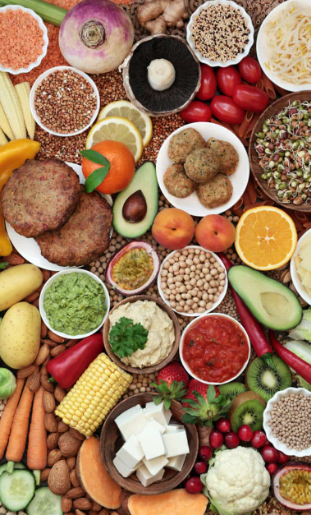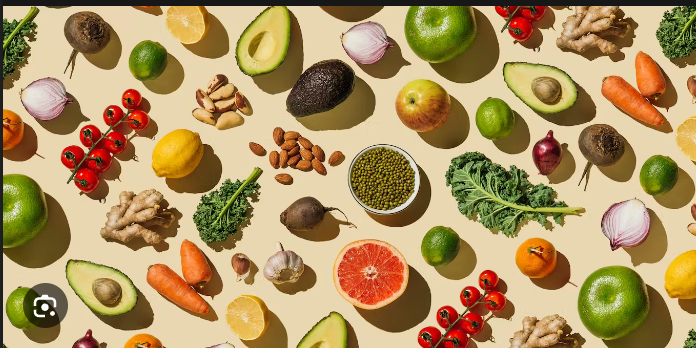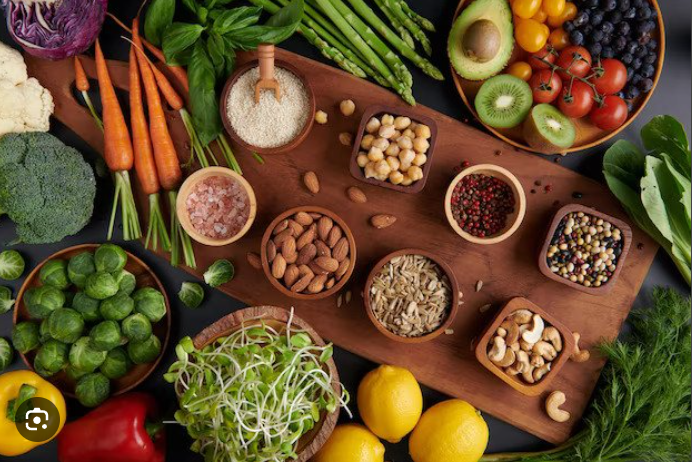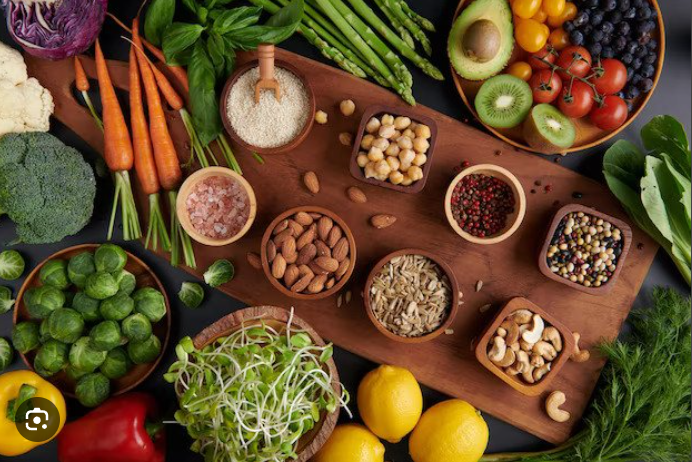Learn more about the foods that are recommended to eat and avoid when following a diverticulitis diet.
Diverticula, which are tiny pockets or sacs that form and push outward via weak places in the colon, are a frequent disorder known as diverticulosis, especially in elderly people. Diverticulosis is the most common discovery after a normal colonoscopy, affecting half of all Americans over the age of 60. According to a 2023 analysis, the average age of diagnosis has dropped and the incidence of diverticulosis has increased in the United States. Scholars attribute these patterns to unhealthy eating patterns and the escalating obesity crisis over the past twenty years.
What Is Diverticulitis Diet?

Also read-Vegetarian Diets: Types of Vegetarian Diets Explained And Food To Eat
Fortunately, most people who have this condition will never develop symptoms. However, an estimated 5% of those with diverticulosis will experience diverticulitis. This occurs when the pockets become inflamed or infected, which can be extremely painful and sometimes requires surgery. Recommendations for preventing diverticulitis and managing diverticulitis flare-ups have changed throughout the years. The trouble is, some old advice is still floating around. Here’s what you should know about what to eat and avoid to help prevent and treat diverticulitis
Risk Factors for Diverticulitis Diet
- Aging.
- A diet high in fat and low in fiber
- Obesity.
- Smoking.
- Physical inactivity.
- Genetics.
- Regular use of certain medications, such as NSAIDs,
- Alcoholism, but not alcohol itself.
According to Boston-based registered dietitian Kate Scarlata, a digestive health expert and co-author of “Mind Your Gut,” the American Gastroenterological Association recommends a high-quality, high-fiber diet that is rich in fiber from fruits, vegetables, whole grains, and legumes and low in red meat and sweets. This dietary pattern has been shown to decrease diverticulitis risk.

Dr. Anne Peery, an associate professor of medicine at the University of North Carolina School of Medicine and lead author of AGA’s Clinical Practice Update Expert Review on diverticulitis, emphasizes the significance of fiber. She does point out, though, that diverticulitis is not caused by constipation, as was once thought.
Instead, she states that there is strong evidence linking genes to risk as well as a number of modifiable risk factors, including obesity, smoking, physical inactivity, nonsteroidal anti-inflammatory drugs, or NSAIDs (like aspirin and ibuprofen), and poor diet quality.
Foods to Eat to Prevent Diverticulitis Diet
One of the many benefits of eating a high-fiber diet is that it reduces the incidence of diverticulitis.
According to Nurses’ Health Study research, women who consumed the most dietary fiber also had the lowest incidence of diverticulitis. Consuming entire fruits, especially apples, pears, and prunes, as well as cereal fibers, was found to be associated with a decreased risk of diverticulitis.

Comparing a diet high in fruits, vegetables, whole grains, legumes, poultry, and fish to a standard American diet, which typically consists of fewer fruits and vegetables and more processed meat and refined grains, similar studies conducted on men from the Health Professionals Follow-Up Study showed that the former was linked to a lower incidence of diverticulitis.
Foods to Eat During a Diverticulitis Diet Flare-Up
It’s critical to keep in mind that eating for the prevention of diverticulitis differs greatly from eating for a flare-up of the condition.
In the past, a clear liquid diet was advised during a diverticulitis flare-up; however, these days, a more customized strategy is adopted. A tiny study found that while many patients report feeling more comfortable on a clear liquid diet, it may not be necessary to follow a liquid diet during the acute phase of diverticulitis.

If suggested for a brief duration, a clear liquid diet consists of:
- Soup broth or stock
- Plain gelatin.
- Tea or coffee without cream
- Clear electrolyte drinks
- Water and ice chips.
- Ice pops without bits of fruit
It has long been advised to limit fiber consumption during an episode, but there isn’t much data to back this up, and in recent years, this recommendation has come under fire. A comprehensive analysis of five trials indicates that there aren’t many dietary variations that affect clinical results when treating acute diverticulitis.
Risks of a Diverticulitis Diet
Nutrition therapy for diverticulitis has few risks unless you continue on a clear liquid diet for an extended period of time. A liquid diet does not provide adequate nourishment, and it could lead to weakness or other complications.

That’s why the approach to managing diverticulitis has changed in recent years. If you have a flare-up, your doctor may recommend a liquid diet for a day or two and then transition you back to a high-fiber, balanced diet as soon as you can tolerate it.
Also read-Blueberries: The Amazing Benefits Of Eating Blueberries Every Day
Disclaimer: The opinions and suggestions expressed in this article are solely those of the individual analysts. These are not the opinions of HNN. For more, please consult with your doctor.
Images source-google




































